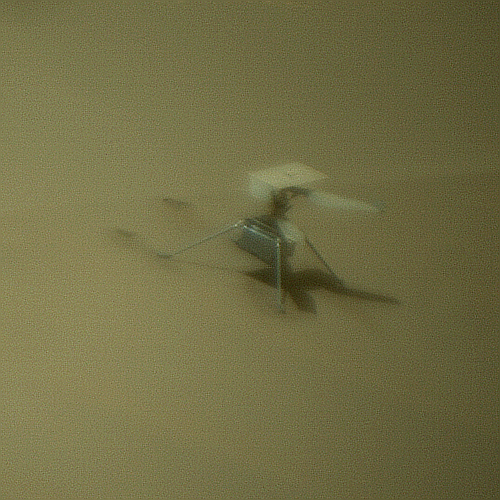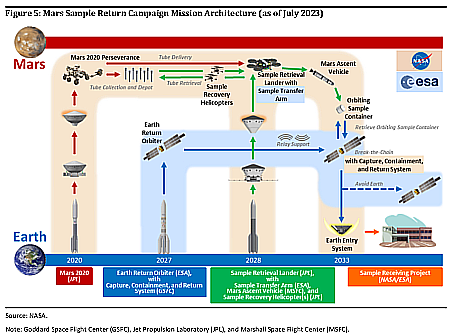Sweden yesterday became the 38th nation to sign the Artemis Accords, one day after Switzerland had officially signed.
The alliance now includes the following nations: Angola, Argentina, Australia, Bahrain, Belgium, Brazil, Bulgaria, Canada, Columbia, Czech Republic, Ecuador, France, Germany, Greece, Iceland, India, Israel, Italy, Japan, Luxembourg, Mexico, the Netherlands, New Zealand, Nigeria, Poland, Romania, Rwanda, Saudi Arabia, Singapore, South Korea, Spain, Sweden, Switzerland, the United Kingdom, the United Arab Emirates, the Ukraine, the United States and Uruguay.
The press release once again focuses on “reinforcing” the Outer Space Treaty, rather than using the accords to get around that treaty’s limitations of private property. More and more it appears the Biden administration and the global community wants to use this alliance not to encourage the establishment of a legal framework for private ownership, but to retain that power within the governments involved.
As I said last week, “Under these circumstances, I wonder why China and Russia haven’t signed on as well.”











